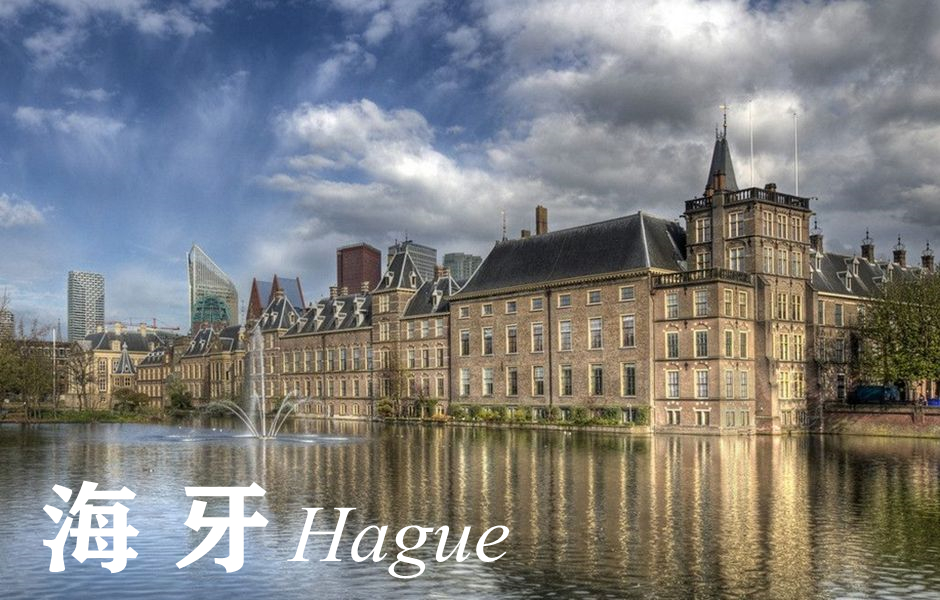For more information about the Hague system, please contact: 021-58369557 / 18101640557
I believe many people already know that on May 5, 2022, China will officially join the Hague system and become the Eighth Party to the Geneva text of the Hague Agreement (1999) and the 77th member state of the Hague Union. Since then, it has opened a new door for Chinese applicants to obtain international protection of design. But what is the Hague system? Why join the Hague system? I believe many applicants do not understand the Hague system. Today, let's briefly discuss some things about the Hague system.
What is the Hague system?
While most of them are familiar with the Hague Convention, they know little about PCT. In fact, the Hague Agreement is an extremely important system in the field of intellectual property. The Hague Agreement, fully known as the Hague Agreement on the international registration of industrial designs, is one of the special agreements concluded by the member states of the Paris Convention. Together with the Madrid Agreement on the international registration of trademarks in the field of trademarks and the Patent Cooperation Treaty (PCT) in the field of patents, it constitutes three major systems of international cooperation in industrial property rights. It can be seen that the Hague Agreement has a transcendent position in the system of industrial intellectual property rights. In parallel with PCT and Madrid Agreement, it corresponds to design, patent and trademark respectively.
At present, the Hague system has 77 parties, covering 92 countries. The United States, Japan, South Korea, the European Union, the United Kingdom, Germany, France, Russia and other major countries and regions are parties to the Hague Agreement. By submitting a single design application in the Hague system and designating the contracting states that need to enter, users can obtain design protection in multiple designated contracting states without having to file a separate national application in each country.
Advantages of the Hague system
1. Expand the selection scope of applicants and simplify the procedures for obtaining multinational protection;
2. Facilitate the centralized management of patents by international registrants;
3. The application fee is lower than that of the Paris Convention.
4. Conditions for using the Hague system
International applications may be submitted under the Hague system under the following circumstances:
1. A national of a party or a national of a state member of an intergovernmental organization to which the organization is a party;
2. Has a domicile or habitual residence in a Contracting Party;
3. Have a real and effective place of business in a contracting party.
4. How to apply for the Hague system?
① Application classification:
the Hague system uses the Locarno agreement classification (Locarno agreement divides industrial designs into 32 categories)
applications of the same Locarno category can contain up to 100 different designs. In the application of the same category, whether it includes 1 or 100 designs, the basic fee of the application is the same.
② Official language: one of English, French or Spanish is required to apply for international design patents through the Hague system.
③ Currency / fee: paid in one currency, Swiss franc. The fee includes basic fee, standard designation fee and publication fee.
④ One time registration: to apply for an international design patent through the Hague system, you don't need to submit an application to a country or region first. You only need to submit an application once, that is, to WIPO.
The demand for Chinese enterprises to apply for design patents overseas is becoming stronger and stronger, which is why China chose to officially join the Hague Agreement.
The Hague system can provide a very cost-effective guarantee for the rapid internationalization of Chinese applicants' designs and timely international protection. At the same time, it is also more convenient for foreign applicants to directly designate registration in China through international applications. It is not hard to imagine that after May 5, 2022, more and more applicants will seek international protection of designs through the Hague system.
Previous:Precautions for Name Search of Shanghai Registered Company
Next:The Role and Importance of PPT